Petestep® Technology
Petestep technology makes a difference
Petestep’s deflectors surround the water surface, for a specific boat in all planing speeds. This dramatically reduces the wetted surface and the friction against the hull. On conventional hulls, spray generation accounts for up to 30% of the hydrodynamic resistance. Petestep hulls don’t waste spray energy, while reducing slamming and noise. At the same time, there is a significant increase in stability in all directions. We also have the option to combine Petestep hull technology with a stepped hull to get even more speed. The net result is a superior ride compared to all other planing hulls.
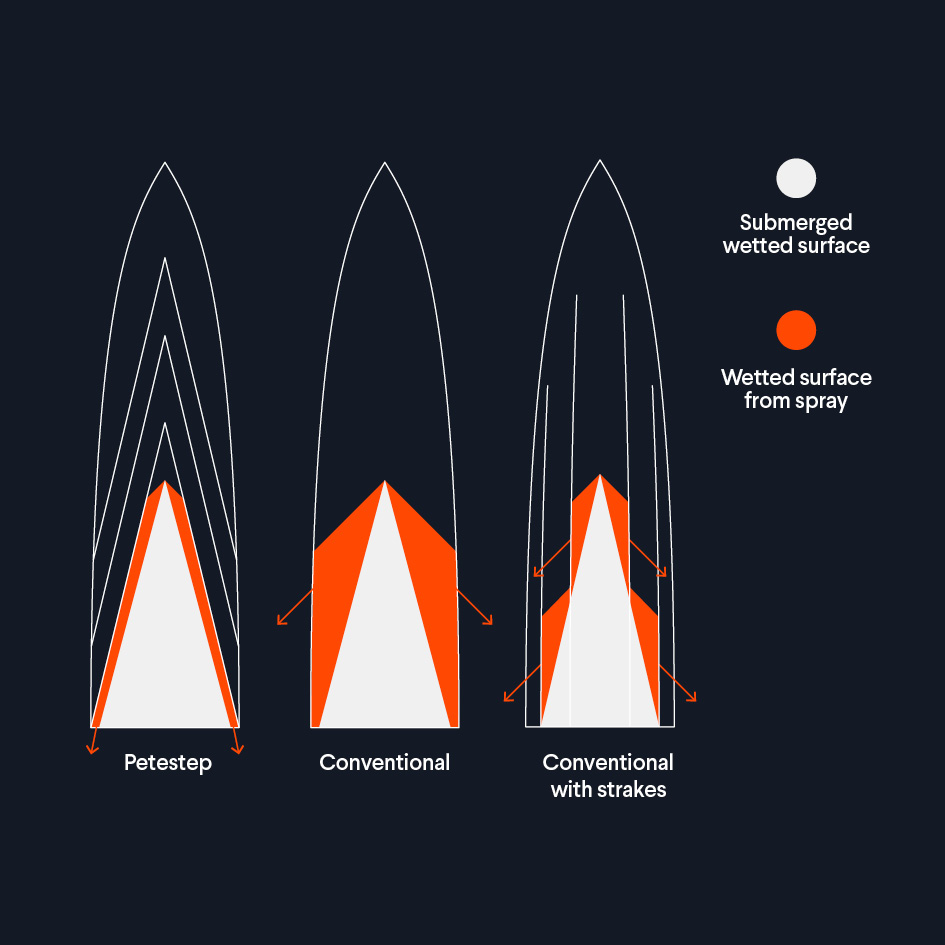
Less slamming
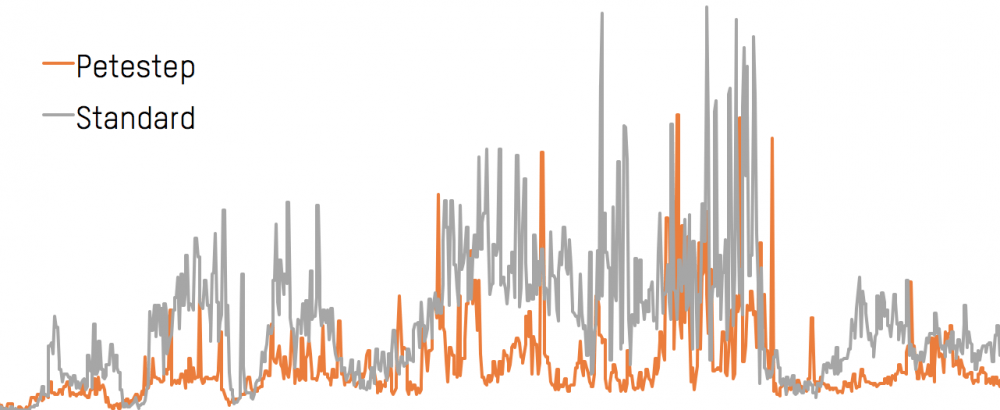
Petestep® deflectors make the boat ride softer in waves. This means less pounding in waves, and the ability to travel at a higher speed in rough conditions. On average, the peak acceleration (G-force) is 30% lower in waves. At the same time, the hull noise is considerably lower. In a boat equipped with a Petestep hull, there is therefore a significant increase in ride comfort.
Simulation based design of hulls
In order to achieve an optimal hull, we design each Petestep® bottom to suit a specific boat model, together with its specific engine options. This way we ensure that the boat will always run according to its specifications. We also offer benchmark simulations on request. We use CFD software from Orca3D and Simerics.
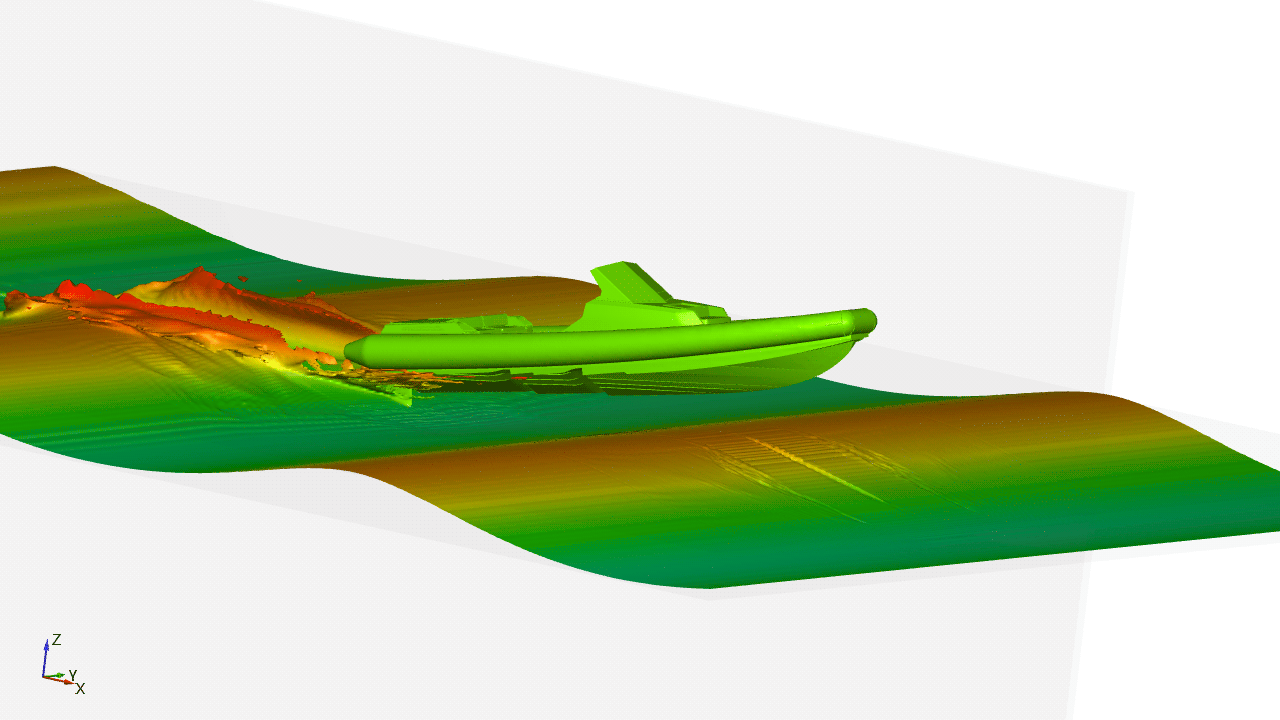

Thorough hull calculations
To obtain the ideal hull design for a boat model, the intended use and all the installed components, are taken into account. At Petestep, we use our advanced simulation tools in combination with a thorough specification. This way we can limit error margins and again increase performance and seakeeping.
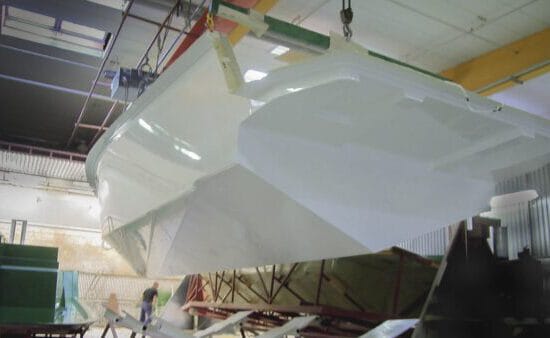
Less time to market
Because we have already driven the boat in various load conditions in our extensive simulation tool, the need to build prototypes is reduced. This means shorter lead times on new models and a higher degree of optimization on the hull.
Questions?
Want more information? Please contact us or read more from the FAQ














